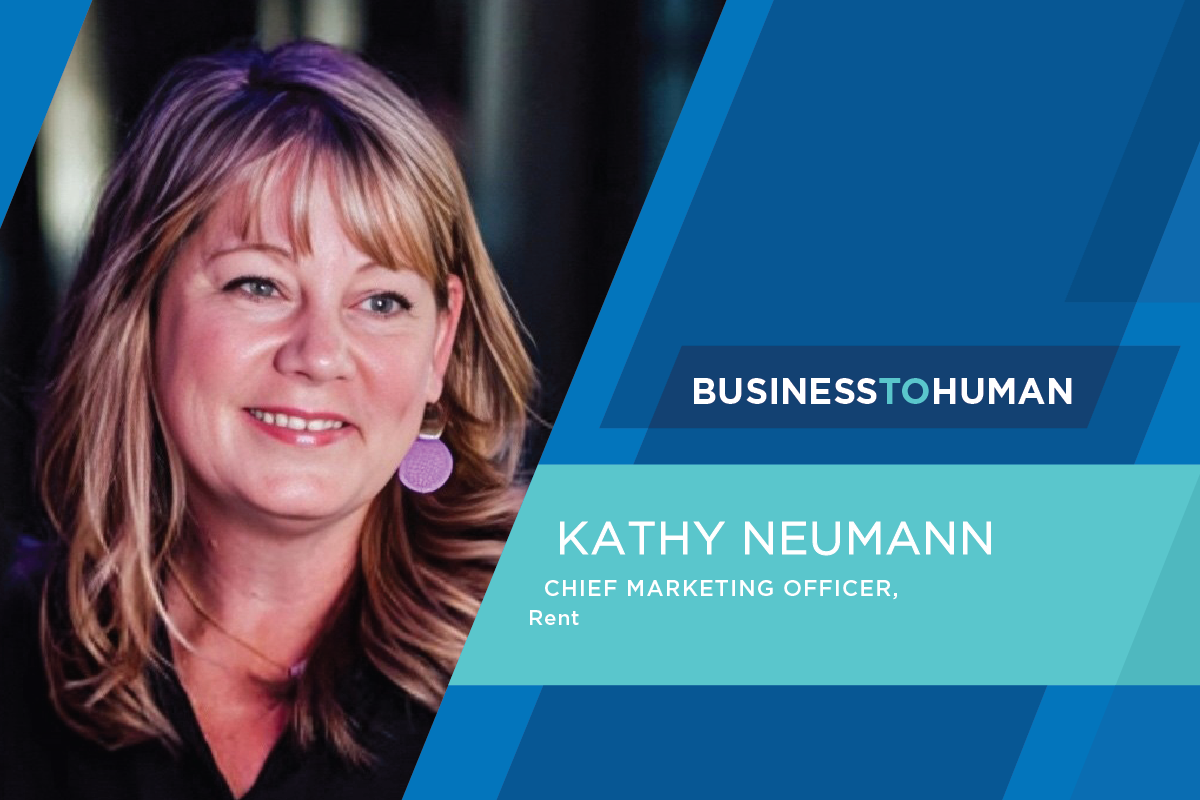Summary
Over the past several years, consumer expectations have grown, and the consumer purchase journey has become more complex. In an effort to gain some insight into what the future path to purchase will look like, we developed a survey in late 2019 to determine what customers expect in a brand and how they go about purchasing everyday items.
We asked consumers about their purchasing journeys for five common categories: groceries, restaurants, cleaning supplies, skincare items, and small electronics. This survey helped us to better understand the significant changes to the modern buyer’s path and uncovered some trends that will likely become more dominant in the future.
What Customers Expect From Their Shopping Journeys
One of the major trends we identified is that the consumer journey is nonlinear. Today’s buyers are finding ways to short-circuit the shopping journey, depending on the items they are looking for. These insights can help brands identify ways to meet customers on their timelines and keep up with those evolving, short-circuited needs in the future.
1. When it comes to the consumer purchase journey, speed is important.
These days, it seems like people are busier than ever. Juggling work and home life is challenging, and shopping is just another thing that has to be crammed into our busy schedules. As a result, most consumers say that shopping has become less of a leisurely experience and more of a task that has to be checked off their to-do lists.
Sure, many consumers still enjoy the shopping experience, but most of the time, they want to get in and out. We found that 69% of respondents preferred to finish their shopping as quickly as they could.
2. Consumers tend to stick with what they know.
According to our consumer market research, 65% of shoppers always buy the same products from the same brands when they are stocking up on items. In electronics, that percentage goes up to 71%. Most people don’t want to waste time or money on a product or brand they’re unsure about, which makes brand loyalty a pragmatic choice.
3. People have higher expectations than ever.
More than half of consumers say they expect more from brands than they did five years ago. Users want companies to have what they need when they need it and are less forgiving when those brands don’t come through. Electronics customers’ expectations are even higher, with 71% expecting brands to deliver what they need when they need it.
4. Auto-replenishment is here to stay.
Because most consumers stick to the same products and brands, it should come as no surprise that many also like auto-replenishment options. Nearly a quarter (24%) of consumers have at least one of these services already set up. In electronics, half of consumers are taking advantage of them.
5. Consumers look to advertising to change their ways.
Although consumers are generally creatures of habit, they are still open to trying new things. Our survey found that 38% of shoppers say they want advertising to get them out of their comfort zones and discover new products. And once again, electronics customers skew higher, with 60% wanting ads to show them something better.
6. Users want flexibility.
Nearly four in 10 shoppers (39%) prefer retailers that let them order products online and pick them up in the store. That number dips to 29% for groceries but soars to 60% for electronics. Flexibility on the path to purchase is an increasingly crucial element in the consumer purchase journey. Brands that want to break through will need to meet consumers wherever they are — in person or online.
Shoppers live busy lives, so they want to get what they need quickly and efficiently. They have little patience for brands that don’t deliver. Convenience is a priority as buyers explore new ways of purchasing products. However, advertising still plays a role in educating buyers who are open to something new.



